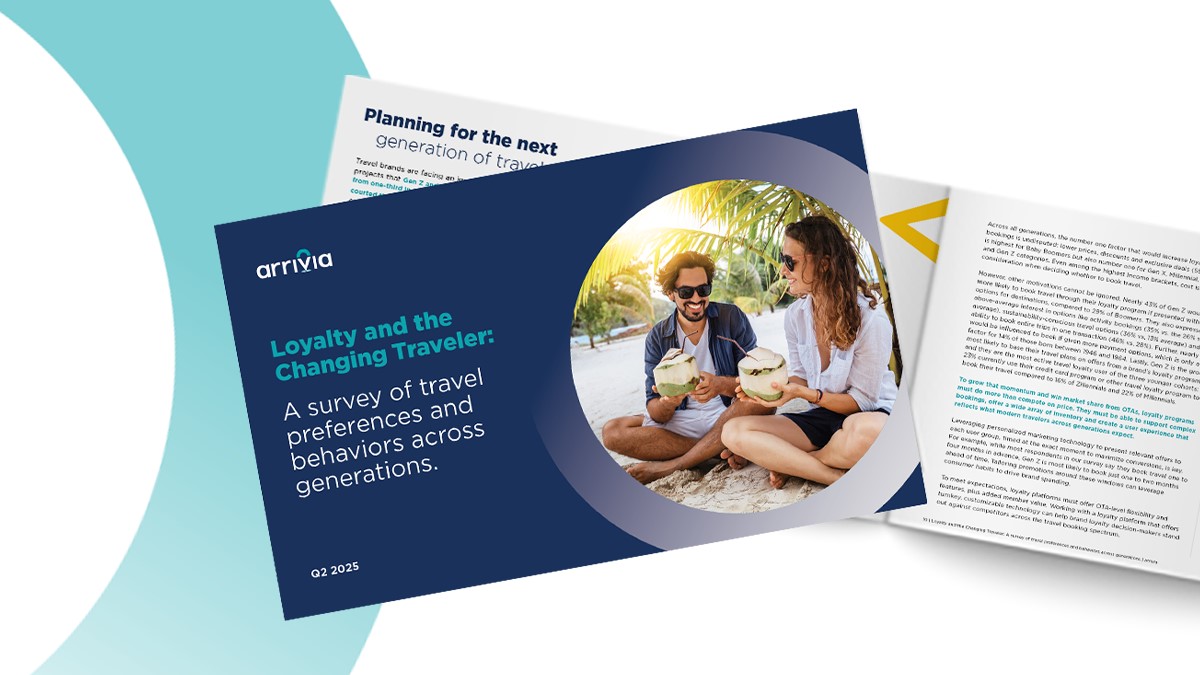A consistent goal among business brands is customer retention, which leads to higher profits and growth. A loyalty points program is one of the most effective strategies for achieving this. By rewarding customers for consistent engagement and purchases, these programs offer a win-win scenario for both businesses and consumers. Here, we’ll dive into the mechanics, benefits, and best practices of a points-based loyalty system.
What is a Loyalty Points Program?
A loyalty points program is a rewards system where customers earn points based on specific actions or purchase amounts. These points can later be redeemed for discounts, products, or other incentives. The primary aim is to motivate customers to return and repeat purchases, fostering brand loyalty.
How Loyalty Points Programs Function
The purpose of loyalty points programs is to offer customers access to exclusive prices and loyalty discounts. This system can establish purchasing behavior and customer retention. Programs function as a way to bring attention to a business’s products or services while acknowledging customer engagement and loyalty. Here’s how it works:
Earning Points
Where do you begin when it comes to establishing a points-based loyalty program? There are several ways to encourage customers to join the program and participate enough to gain both points and
- Base Earnings: The most straightforward method for customers to earn points is where customers earn a set number of points for every dollar spent, e.g., 1 point for every $1.
- Bonus Point Activities: Beyond purchases, many programs offer opportunities to earn bonus points. These can include:
- Newsletter sign-up: Encourage customers to stay informed about the brand’s updates.
- Referrals: Rewarding customers who bring in new shoppers.
- Product reviews: This not only earns the customer points but provides valuable feedback and testimonies for the brand.
- Special promotions: On certain occasions or for specific products, businesses might offer double or triple points to boost sales.
Redeeming Points
The next step is to focus on points redemption. Focusing on points redemption includes deciding how customers can spend their points, how much time they have to redeem them, and if there are alternative ways to earn. These options include:
- Thresholds: Many programs set a threshold for redemption, meaning a customer might need at least 500 points before they can start using them.
- Reward Catalogs: Some programs offer an online or physical catalog from which customers can pick rewards, ranging from merchandise to experiences.
- Discounts vs. Products: While some programs allow points to be used as direct discounts on purchases, others let customers trade points for specific items or services.
- Special Redemptions: Occasionally, brands collaborate with partners, allowing point redemption for third-party products or experiences.
Points Expiration
Some businesses set an expiration date for points, but some do not. Depending on your business or services, points may be easy to accumulate in small increments (such as through a coffee shop or bakery) versus a more significant amount of points accrued infrequently (such as with hotels or car rental bookings). It’s up to you to decide how long you’ll allow customers to hang on to points for redemption – and when it’s time to expire. Here are some suggestions to keep customers engaged with points and feel the value of the program:
- Encourage Engagement: Expiration dates on points ensure customers remain active. A typical time frame might be a year from the point of earning.
- Some brands offer redemption grace periods, allowing customers a brief window after points expire to redeem or reinstate lost points.
- To maintain trust, it’s essential brands notify customers well in advance of any impending point expirations, encouraging them to redeem or make a new purchase.
Tiered Progression
Tiered progression in a loyalty program is a rewards system that assigns customers different status levels and corresponding benefits based on purchase frequency, recency, and monetary value. Tiered loyalty programs are designed to provide a more personalized, engaging customer experience and also improve a brand’s ability to personalize its customer engagement. Here’s how they work:
- Basics of tiers: Programs may have levels like Silver, Gold, and Platinum, based on points earned or spending thresholds.
- Ascending tiers: As customers move up tiers, they might earn points at an accelerated rate. For example, a Gold member might earn 1.5 points per $1 spent compared to a Silver member’s 1 point.
- Exclusive perks: Higher tiers often come with exclusive perks, such as early access to sales, free shipping, or unique customer service lines.
- Retention through tiers: The allure of reaching a higher tier or maintaining a current status can incentivize continued patronage.
Advantages of Implementing a Loyalty Points Program
Loyalty programs not only give customers perks and benefits but also build an emotional connection between brands and shoppers. This connection is what keeps customers coming back time and time again. 78% of consumers are likelier to buy from a brand with a loyalty program.
- Customer retention programs encourage repeat business by offering tangible rewards for continued purchases.
- Businesses can gather vital data on purchasing habits, preferences, and behaviors, enabling better-targeted marketing campaigns.
- Offering rewards can make the shopping experience more enjoyable and fulfilling for customers, leading to positive brand perception.
Best Practices for a Successful Loyalty Points Program
Any company can implement a customer loyalty program, but the real challenge is managing it. This program management challenge exists because loyalty programs are often multithreaded and made up of multiple levels. The best loyalty programs are the ones that can skillfully oversee campaigns in the short and long term. They also consider the dynamically changing market and constantly evolving shopping behavior. Here are some best practices for a successful loyalty points program:
- Ensure that customers fully understand how they can earn and redeem points through clear communication. This transparency fosters trust.
- Tailor rewards to your customer base’s preferences, ensuring that they see real value in the points they earn.
- Regularly update offerings and refresh the rewards catalog periodically to keep the loyalty program exciting and engaging.
- Listen to customer feedback and incorporate feedback into future planning for the program. Make adjustments accordingly, which demonstrates that customer opinions matter.
- Ensure the loyalty program integrates smoothly with your point-of-sale and online systems for easy tracking and redemption.

Real-world Examples of Points-Based Loyalty Programs
If your loyalty program is executed well, your customers will feel good about purchasing from you. Here are a couple of examples of companies that have popular points-based loyalty programs that customers find engaging and valuable:
- Walgreens Balance Rewards: Customers earn points for various activities, from making purchases to taking health assessments, and can redeem these points as store credit.
- Macy’s Star Rewards: Based on annual spending, customers earn a percentage back in rewards, with additional benefits like birthday surprises and special offers.
Unlock the Potential of Loyalty Programs
With the right strategy and execution, a loyalty points program can significantly boost customer engagement, retention, and overall revenue. Brands must ensure the program remains customer-centric, offering genuine value and a seamless experience; for businesses looking to increase customer loyalty, adopting or partnering with a robust customer loyalty platform like arrivia can lead to increased engagement and repeat transactions
Learn more about arrivia’s travel rewards platform and request a free demo today!



